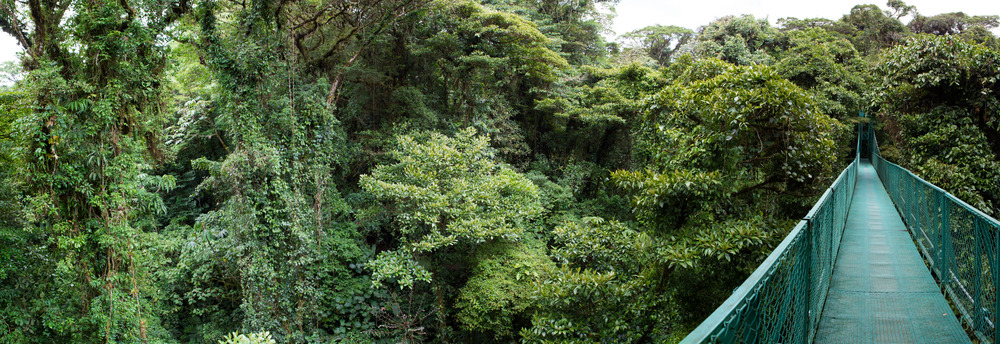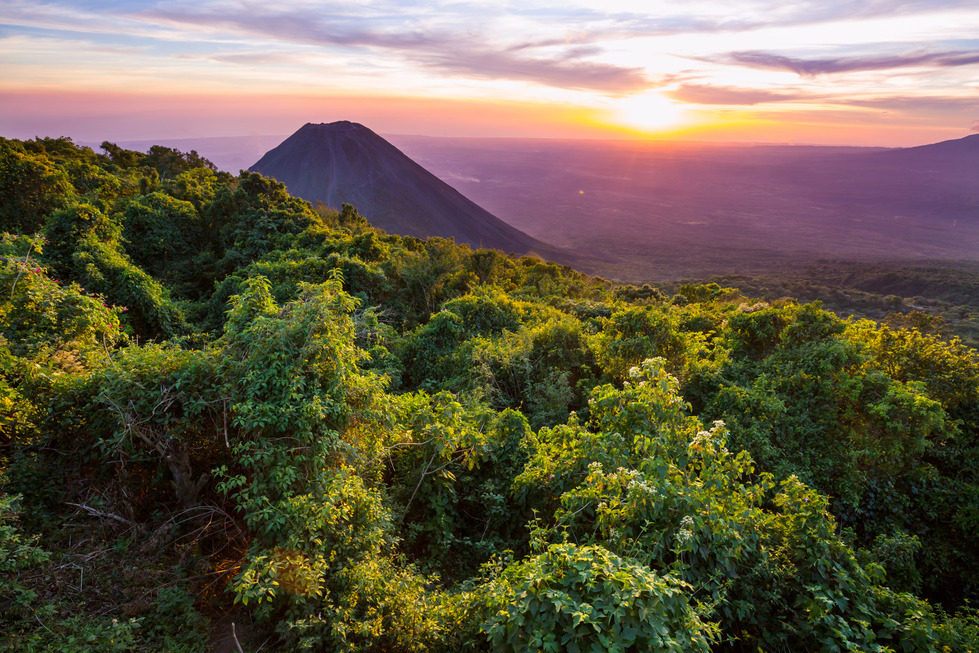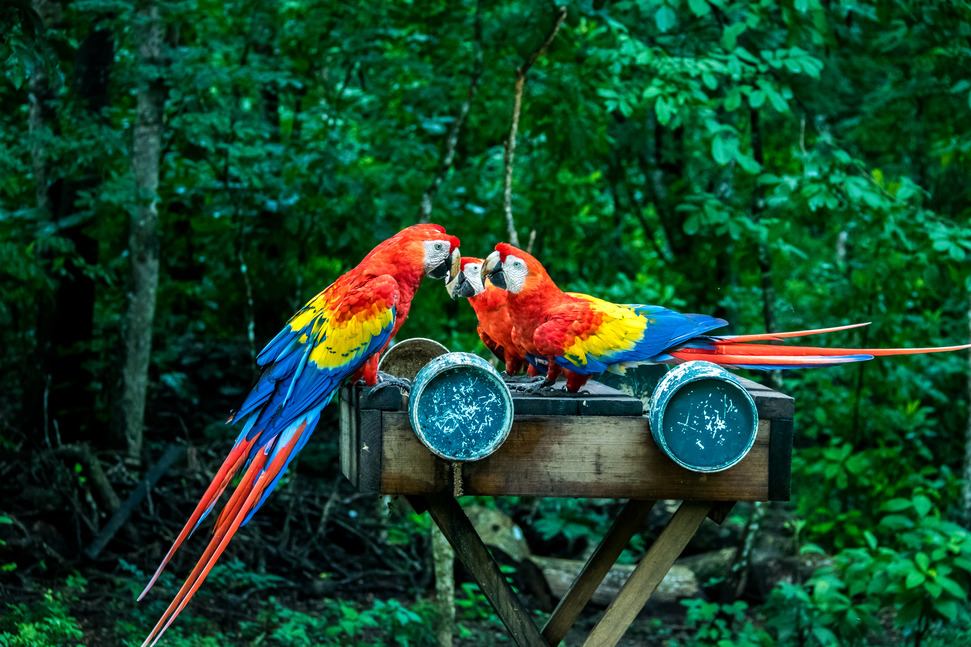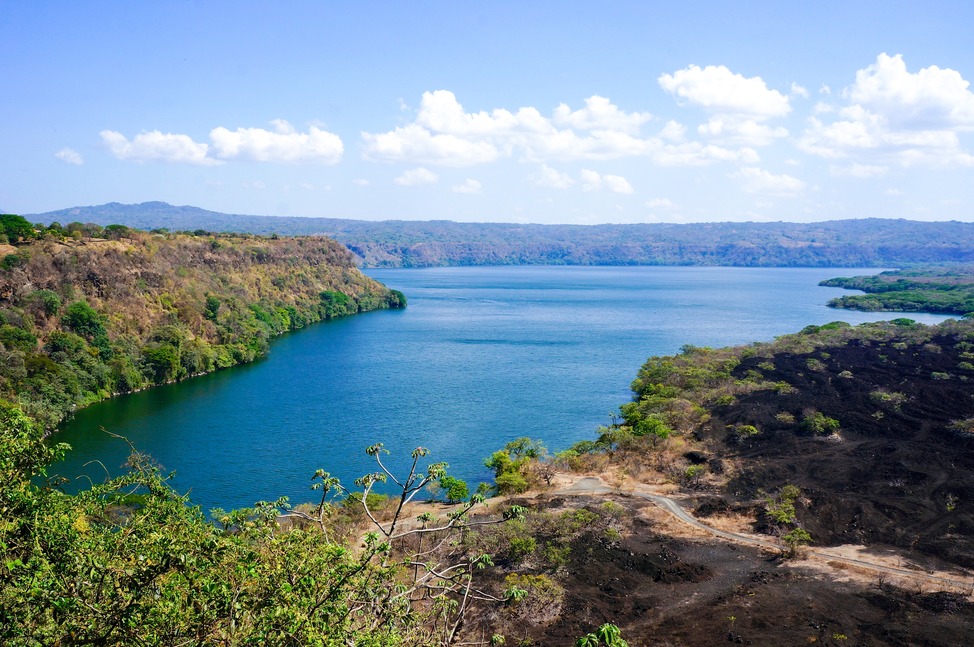By Meghan E. Gattignolo
September 15 through October 15 is Hispanic Heritage Month. Ronald Reagan extended Hispanic Heritage Week into a 31-day period in 1988 to recognize the influence and achievements of people from Hispanic backgrounds. September 15 was chosen as the start date for one specific reason: it coincides with the independence days of five Hispanic nations. While Mexico and several other Latin American countries declared their independence from Spain in 1821, Costa Rica, El Salvador, Guatemala, Honduras and Nicaragua all declared their independence on the same day. They share a lot of history, from the Mayans to Columbus and their identity struggles against Spain, but let’s take a closer look at these unique nations individually.

Costa Rica
Costa Rica, known for its coffee and rainforest adventures, is a cultural melting pot which continually ranks as one of the happiest countries in the world. Dubbed “Rich Coast” by European explorers – probably by Christopher Columbus during his fourth Atlantic voyage, when the indigenous people greeted him with gold – it is situated within Central America, bordered by Nicaragua to the north and Panama to the south. While in Costa Rica, you can visit both the Pacific Ocean and the Caribbean within the same day. The Monteverde Cloud Forest Reserve is a popular tourist attraction through which you can zip line, and is just one bright example of Costa Rica’s penchant for environmentalism. In fact, Costa Rica is the only tropical country in the world to reverse deforestation.

El Salvador
Another country known for its coffee bean, El Salvador is both the smallest and most densely populated country in Central America. It’s also home to nearly 200 volcanoes. No need to worry about currency exchange when you visit: the U.S. dollar has been the official national currency since 2001. More recently, El Salvador became the first country to adopt Bitcoin as a national currency, and is now launching educational programs to teach Bitcoin in schools. El Salvador was originally populated by the Olmecs, then the Mayans. The indigenous Pipil people that continue to call El Salvador home today are the cultural descendants of the Aztecs.

Guatemala
Guatemala has some of the biggest pyramids by volume in the world. Possibly from one of the earliest state-level civilizations in the Western Hemisphere, the ruins of El Mirador can be found after a five-day trek through the jungle. In addition to historical sites, Guatemala has a lot of nature to love. You can catch a glimpse of a quetzal, Guatemala’s national bird, and roast marshmallows over an active volcano. Guatemala shares a border with Mexico, and thus shares much of its food culture, but chocolate reigns supreme here. The Mayans invented chocolate in Guatemala and the treat is still considered a point of national pride. Guatemala is a major supplier of chocolate and even has a museum – ChocoMuseo – dedicated to chocolate history education.

Honduras
First sighted by Europeans when Columbus came, Honduras became known for its gold and silver deposits, the subsequent economy of which created important cultural centers. Honduras possesses the oldest working clock on in the Western Hemisphere. Built in Grenada in 1100, the clock is now housed in one of the oldest cathedrals in Central America, the Comayagua Cathedral. The highly recognizable scarlet macaw is the country’s national bird and is considered sacred, though it’s also an internationally popular pet.

Nicaragua
The largest country in Central America, Nicaragua also boasts the largest lake in Central America. As a matter of fact, Nicaragua’s association with water is where it got part of its name. Spanish explorers were impressed at the abundance of water in the area, and combined the Spanish word for water with the name of a native tribe in the area. Nicaragua has a long history of government and economic instability, but tourism is one of the biggest sources of income for many people living in Nicaragua. The country is also a heavy producer of coffee and cigars.
Visit the Customs House Museum & Cultural Center for Hispanic Heritage Month! Bring the family and join us in the Family Art Studio on September 21 at 10:30am for a special Storytime & Craft. We will be reading two enchanting stories: Tomás and the Library Lady by Pat Mora, and Maybe Something Beautiful by F. Isabel Campoy and Theresa Howell. Children will then get the opportunity to create their own maracas, an instrument that pre-dates European influence in Central and South America.
You can check out other cultural events around town by visiting the sites of the Clarksville Hispanic-American Family Foundation and Austin Peay State University’s Latino Community Resource Center. The Clarksville Hispanic Heritage Festival presented by CHAFF is Saturday, September 30!
References
Costa Rica Overview: Development news, research, data | World Bank
Britannica.com
Spain accepts Mexican independence | August 24, 1821 | HISTORY
12 Guatemala Facts That You Probably Don’t Know | Intrepid Travel Blog
55 Interesting Facts About Nicaragua – The Fact File

Meghan E. Gattignolo is a freelance writer and longtime Clarksville, TN resident. She loves to obsess about historical subjects and annoy her family daily with unsolicited random facts. Meghan holds a History B.A. from Austin Peay State University and lives in town with her husband and two daughters.